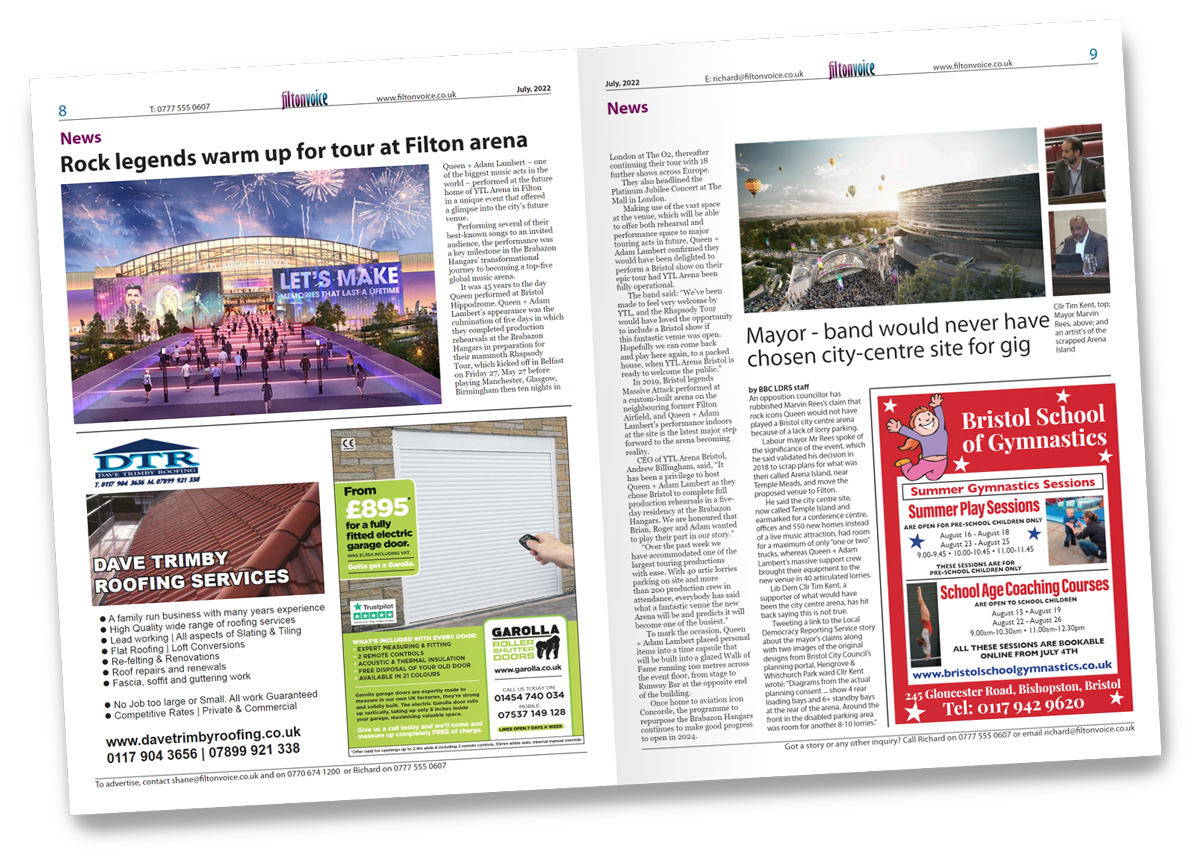A new trial will allow home-owners in historic buildings in Clifton to install solar panels more easily.
Solar panels can now be put on some Grade-II listed houses and flats within the Clifton conservation area, as long as they can’t easily be seen from the streets below.
Bristol City Council has passed a new rule called a “local listed building consent order”. This means many homeowners in Clifton, an area with lots of old buildings, can put in solar panels without having to apply for planning permission, an expensive and lengthy drawn-out process.
The plans were approved by councillors on the development control A committee on July 2. If successful, it could be rolled out across Bristol to reduce barriers to installing solar panels and increasing renewable energy use.
Conservative Cllr Richard Eddy said: “This seems to be a no-brainer and it has my full support. I’m sure it will prove successful and then we’ll be able to roll it out city-wide.”
Homeowners sometimes have to apply for planning permission to install solar panels on their rooves. A consent order such as this one removes the need to get planning permission, cutting both costs and hurdles.
With planning, councils must follow strict rules o, including protecting the views of old buildings and their “architectural heritage”. But there are growing questions about whether this is still the right priority, given how the climate is warming due to the use of fossil fuels, which is making heatwaves, floods and storms more common.
Many of the homes on an online map within the conservation area are marked as orange for “maybe”, meaning that homeowners might be allowed to install solar panels on their rooves, but only if there isn’t a “harmful visual impact”. Other homes are marked as green, meaning they definitely can, while some are red, meaning that they can’t as the panels would be too visible.
Labour Cllr Zoё Peat said: “Supposedly by 2050 parts of Bristol will be underwater due to climate change. And yet we’re worried about being able to see solar panels from the street. The appearance of Clifton and its heritage sites will be far worse if it’s submerged under water.
“I appreciate there’s nothing that we as a council can do without the support of the government, but I want to note how ridiculous this is. There are buildings out there that are eligible for solar panels and could go a long way to mitigating the effects of climate change — but they can’t because we can see them.”
Green Cllr Rob Bryher, chair of the committee, added: “It’s very hard to balance the aesthetics, which we might think is a peripheral issue, with what is a very demanding and challenging time to get all this stuff done in the time we have available. But this is the best we could hope for at this point.”
The order was worded so the council could get the approval of Historic England. The organisation agreed to the new rules, as long as the solar panels weren’t too visible from the street, to protect the “uniform appearance” of buildings.
Writing to the council, Historic England said: “If uncontrolled, there is a danger that randomly installed solar panels could detract from this uniformity. We are therefore glad that the provisions outlined above have been designed to prevent installation of panels which could damage the visual appearance of the area and its buildings.”
By Alex Seabrook, Local Democracy Reporting Service


